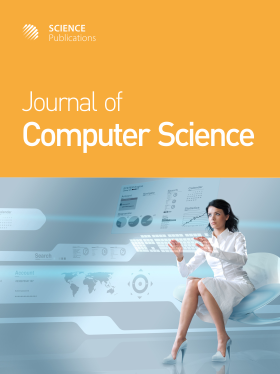The Role of Augmented Reality (AR) and Virtual Reality (VR) in Urban Heritage Tourism: A Study on Adoption and Communication Challenges
- 1 Faculty of Communication Sciences, Padjadjaran University, Indonesia
Abstract
Heritage tourism has become the fastest-growing segment of tourism that offers authentic value-add to homogenized experiences worldwide. This topic has drawn increasing attention from scholars and academics over the past five years. This paper aims to map research trends in urban heritage tourism, exploring the paradox between Augmented Reality (AR) and Virtual Reality (VR) in marketing communication. The study uses Vos viewer, Cite Space, and R Studio for bibliometric analysis The method used in this research is qualitative research with a literature study approach. As for the data found, 158 documents were obtained and analyzed. This dataset was converted to CSV, Bib Tex, and RIS Format and imported into bibliophilic for Bibliometrics and analysis. The main findings show that urban heritage tourism debates technology adoption in promoting urban heritage tourism. Previous scholars are looking for alternatives and adoption between AR and VR. However, there is no common ground between the two options. From the findings of this research, the author sees that there is a need to reconceptualize and propose a management find a competitive heritage and history tourism ecosystem that promotes heritage authenticity, gives the City a particular character and makes it unique. Another thing is urban heritage tourism, good governance, which involves heritage culture as a driving force for sustainable development so that it becomes economic regeneration and market tourism. Finally, various countries responding to urban heritage tourism include the as an alternative communication between AR/VR and Walking Tour Communication. Walking tour urban heritage is a form of social interaction that allows guides and tourists to share their knowledge and experiences and appreciate the cultural diversity that has shaped the City, supported through augmented reality and virtual reality promotion.
DOI: https://doi.org/10.3844/jcssp.2025.1908.1920

- 53 Views
- 7 Downloads
- 0 Citations
Download
Keywords
- Augmented Reality
- Communication
- Management
- Urban Heritage Tourism
- Virtual Reality
